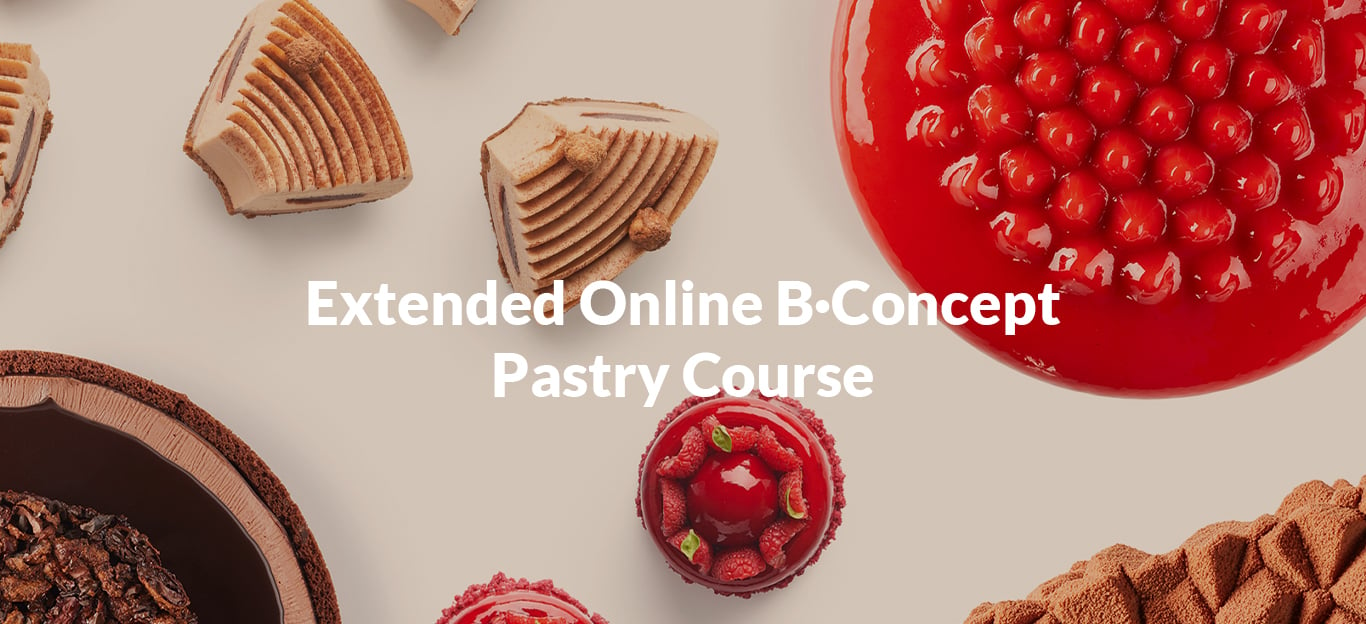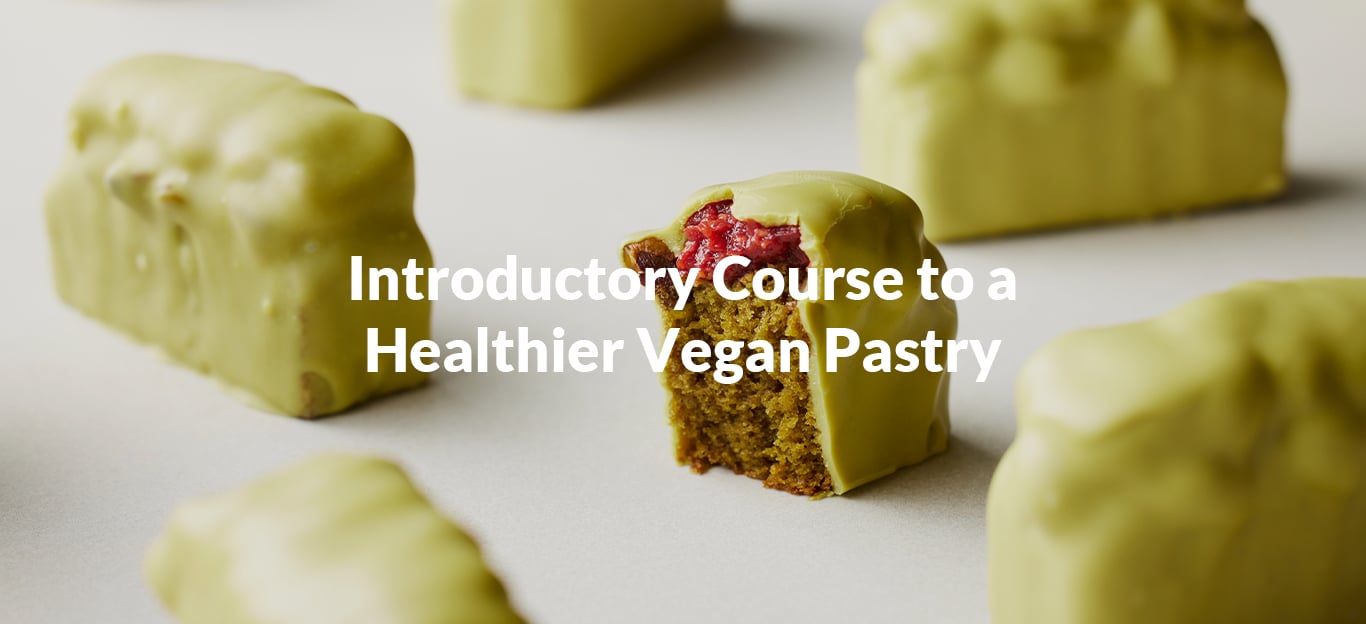
10 most frequently asked questions about inulin
Following the live broadcast we did a few weeks ago, which you will find complete and subtitled at the end of this article, and with all the queries that you have subsequently sent us, we have prepared a compilation of the 10 most frequently asked questions about inulin. How to differentiate between hot and cold inulin; in which applications to use it; how it affects the texture, color and shelf life of the product; what relative sweetness it has... Find the answers to all these questions below.
AVAILABILITY
1 Where can I find inulin?
Inulin is now available in practically every country that we have travelled to: from China to the United States. It can be found under different names: inulin, inulin powder, chicory root fibre, chicory root powder, native chicory inulin, etc.
There are also other variations of inulin currently available on the global market, like Blue Agave (mostly in South America) or Jerusalem artichoke inulin. Up to date, we have only been working with chicory root inulin, but depending on your country of origin these other options might be more easily available.
INULIN TYPES
2 How can I know if the inulin is “Inulin in cold” or “inulin in hot”?
We can know the type of inulin by looking at the nutritional composition information. “Inulin in hot” is 99% fibre, whereas “Inulin in cold” is 90% fibre and about 7-10% sugars. Depending on your supplier, there might be various other types of inulin available that might differ in their composition, so the best practice is always to ask for the specification file before buying the product.
SWEETNESS
3 What is the sweetness of inulin?
“Inulin in cold” has the relative sweetness of 0,1 compared to sucrose (sucrose = 1), which means it is 10 times less sweet than sugar. “Inulin in hot” has practically no sweetness at all as it is not used as sugar, but rather fat replacement.
APPLICATIONS
4 Where can I use inulin?
You can use inulin in any type of preparation that you would use sugar in. We use it mostly in mousses, compotes, jellies, creamies, cakes and sponges, but it is also possible to use it in other pastry and bakery products.
PHYSICOCHEMICAL PROPERTIES
5 Does inulin affect texture/colour/shelf-life?
Inulin affects texture due to its water-binding properties. It produces a firmer meringue and a drier sponge/biscuit texture, which is why we use inulin in smaller amounts. Inulin undergoes Maillard reaction and caramelisation, so the bakery products made with inulin do have a nice, brown colour. It also affects the shelf-life of a product as it binds the free water in a recipe, limiting or retarding the development of microorganisms.
6 How much water binding power inulin has?
Inulin has significant water catching capacity. Its water-binding power can be compared to that of maltodextrine, glucose syrup DE42 or atomized glucose DE20. Because of its water absorption power, it serves as an excellent bulking agent.
DOSAGE
7 What is the proportion to replace sugar with inulin?
Replacing sugar with inulin is not done at 1:1 ratio. We use inulin when we want to cut down the amount of sugar in the recipe or when we need some extra dry extract but do not want to use more fats or sugars.
Usually, we do not look for 100% sugar replacement (as it would require using 10 times more of inulin than sugar to obtain the same sweetness level), but rather to achieve recipe stability with healthier ingredients. We look at the dry extract necessary for recipe stability and start with replacing some part of it with inulin. Depending on the desired sweetness level and the type of the preparation, we adjust the inulin amount within the recipe.
8 What is the inulin recommended daily dose?
Although inulin has been approved by the FDA (in the USA) and by the EFSA (Europe) and is considered a GRAS ingredient (Generally Regarded as Safe), no ADI (Advised Daily Intake) limits have been officially set.
Studies report that individual sensitivity to inulin in humans can vary greatly but that a dose of 20g/day is usually well tolerated. Exceeding that dosage might result in adverse gastrointestinal effects like: gas, bloating, abdominal cramping, diarrhoea, etc.
HEALTH
9 Is inulin good for people with diabetes?
Yes. Inulin can be consumed by people with diabetes due to its low glycemic index (14). It should still be consumed in moderation and within the safe daily dosage. Still, given that it is a serious health condition, we recommend you always consult with a doctor each specific case.
10 Is inulin addictive?
No. For the moment there are no studies suggesting that the consumption of inulin can be addictive. Due to its low glycemic index it does not cause sharp rise and fall in blood sugar levels, so it does not lead to sugar cravings the way refined sugar does.
If you liked this article and are eager to know more about this technological ingredient that has become a must for us in the B·Concept, we encourage you to take a look at the B·Concept Method, in which we talk at great length about ingredients and recipe formulation. Also, you can keep on reading about inulin in this other post: Inulin: a healthy and nutritional ingredient to use in pastry.
To conclude, here you have the live that we talked about at the beginning, in which Adrianna answered these and many other questions you asked her about the ingredient.
With all this, we hope to have solved your doubts about inulin or, at least, the most frequent ones.





